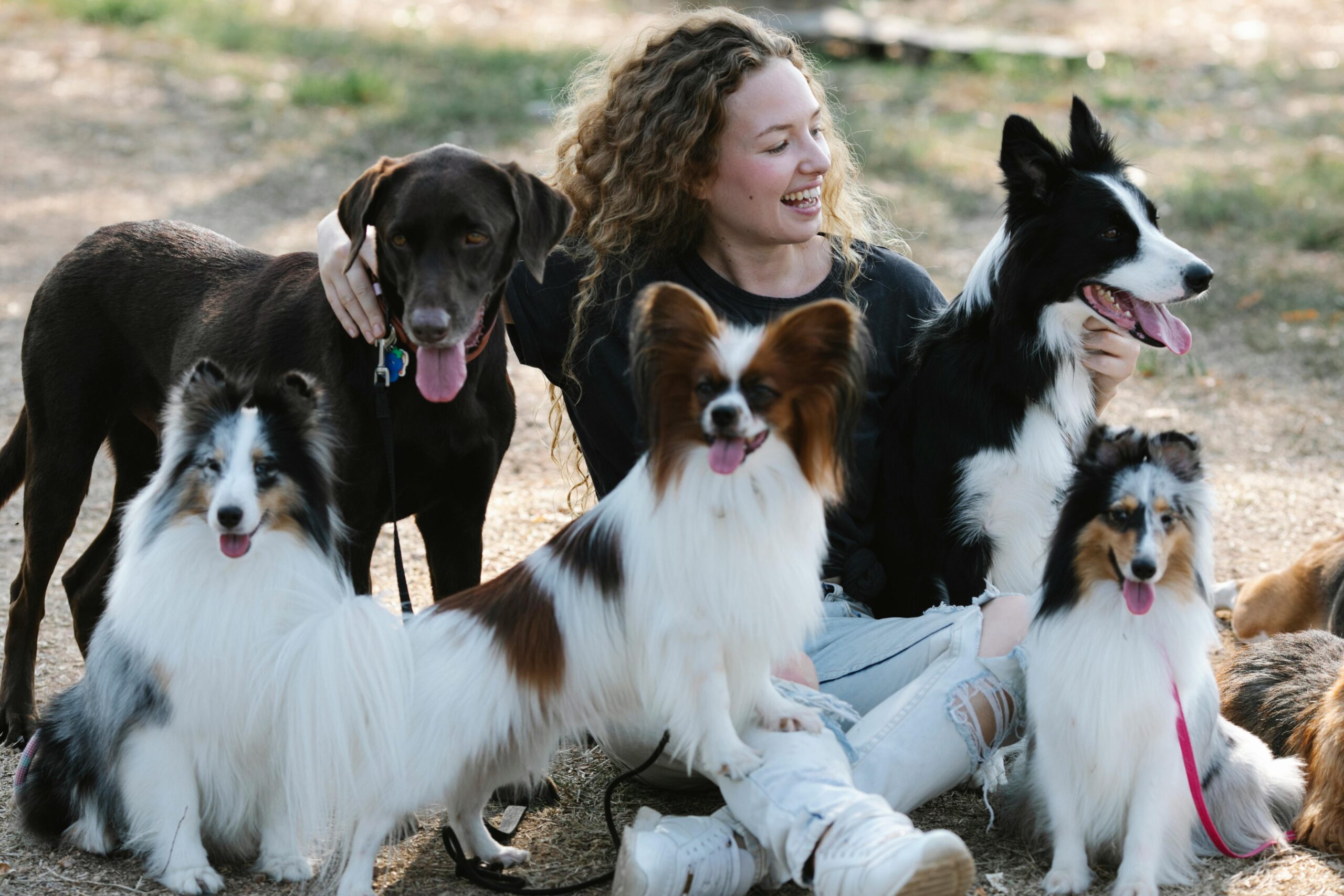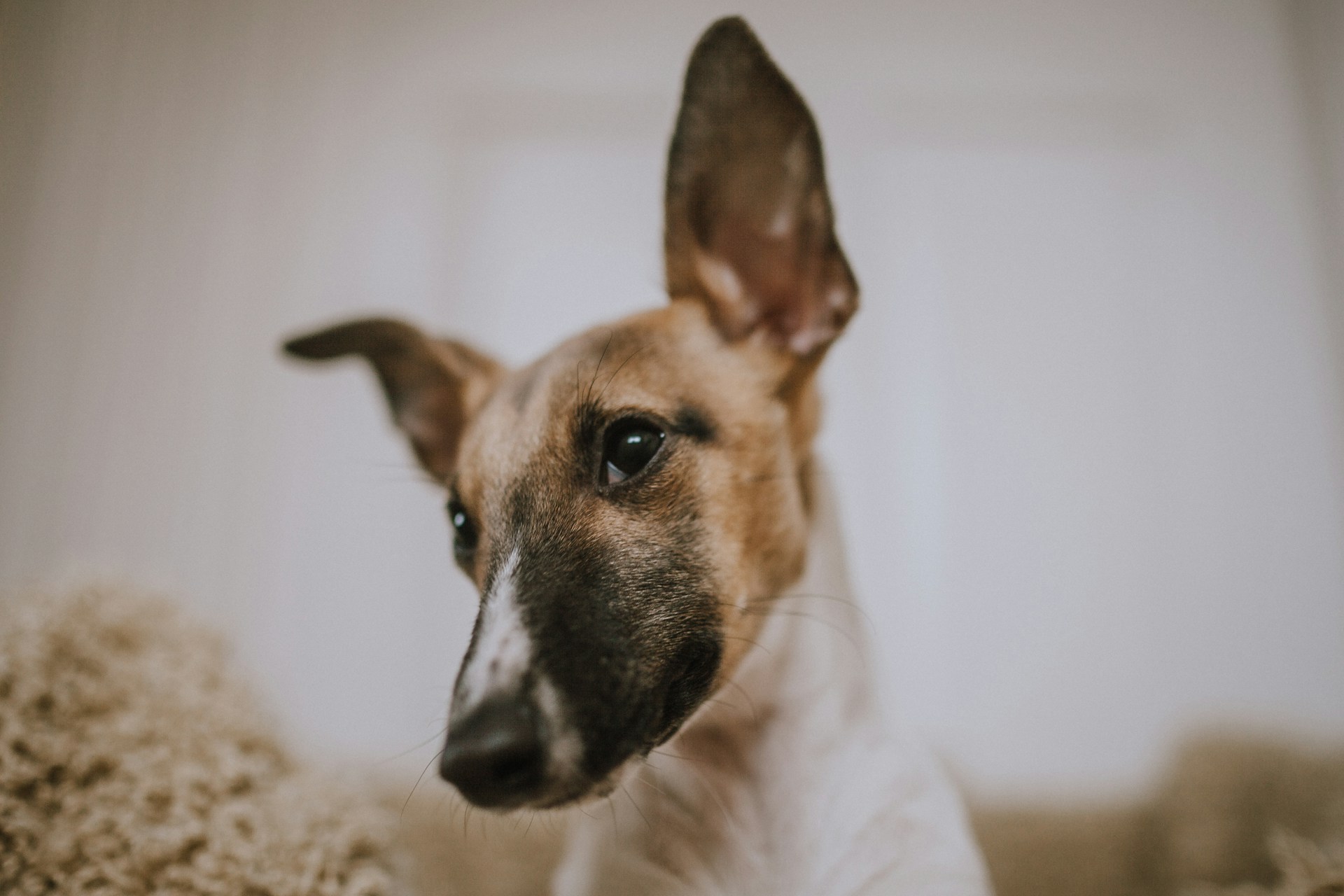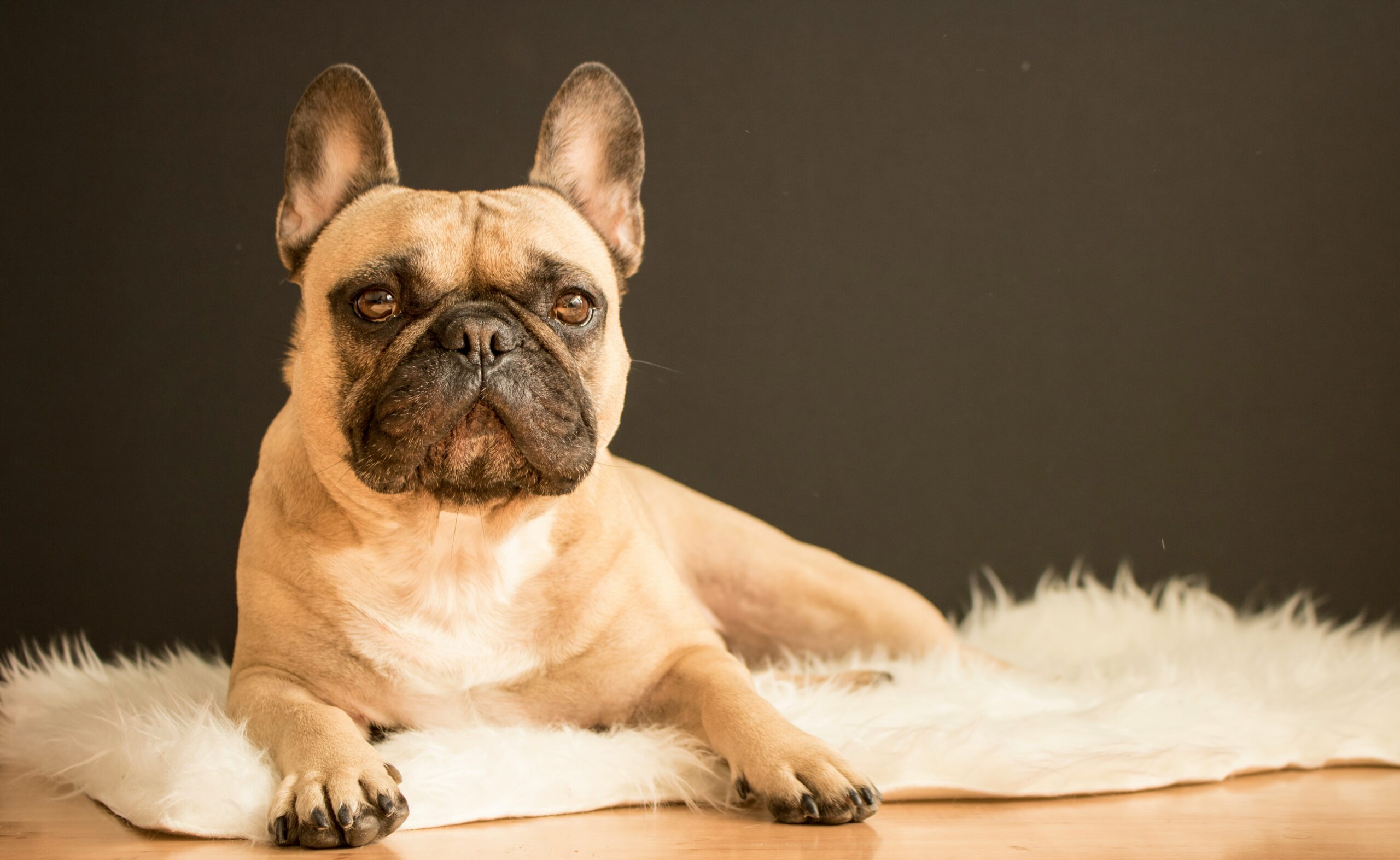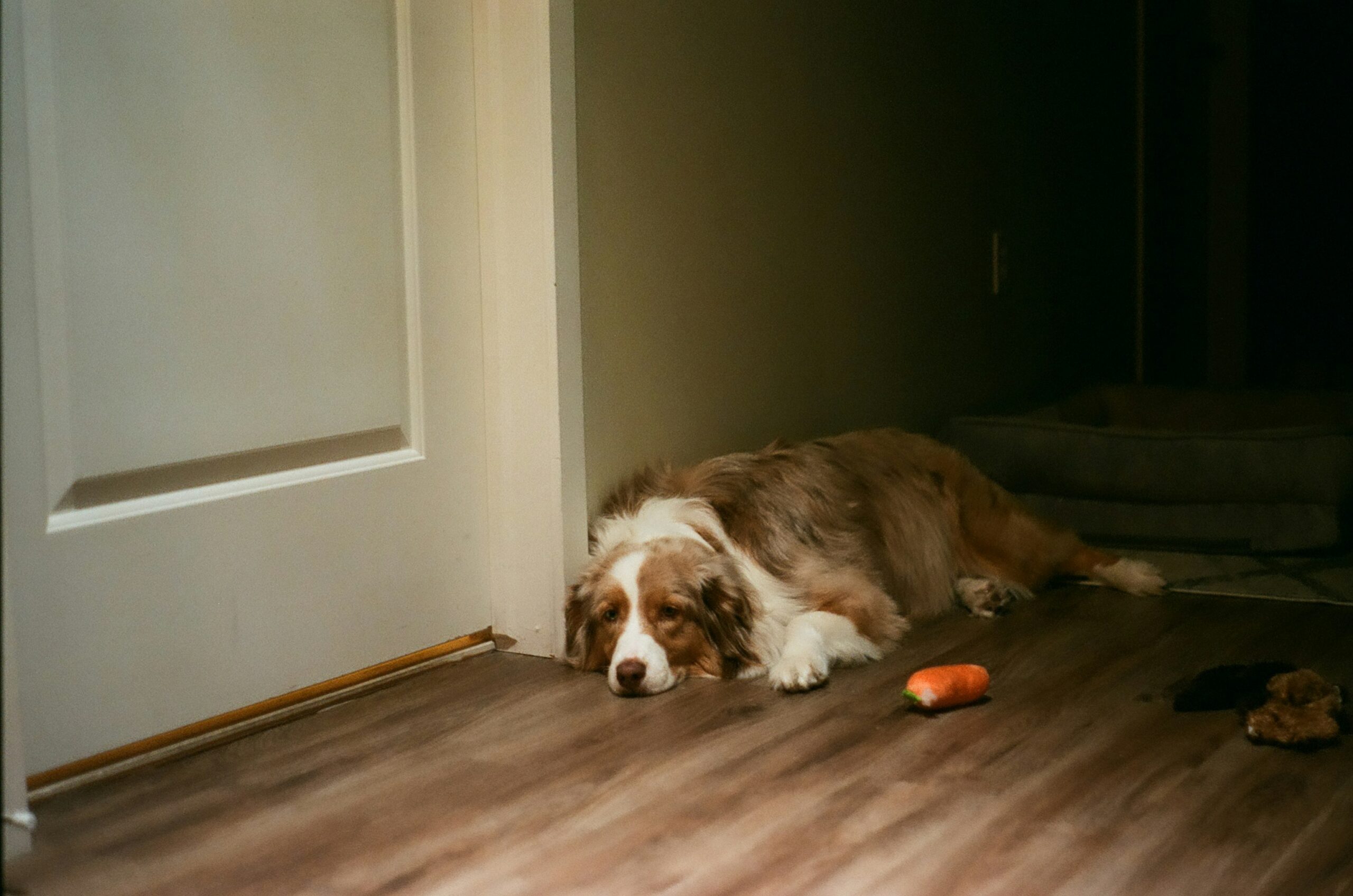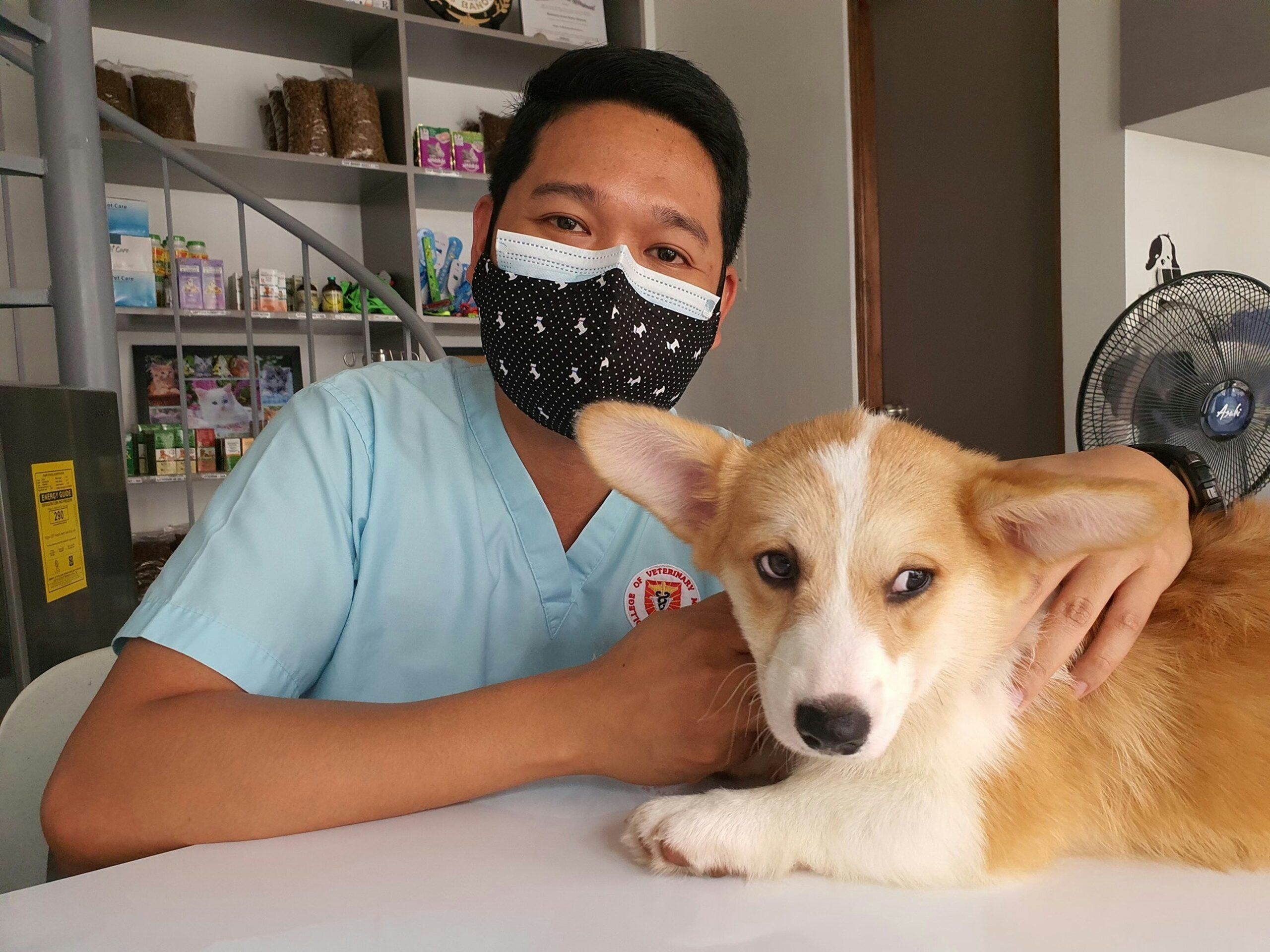Water is essential for keeping your cat healthy, but unlike dogs, cats don’t always drink enough on their own. Since cats evolved from desert-dwelling ancestors, they have a naturally low thirst drive and get much of their hydration from food. However, modern diets, especially dry kibble, require cats to drink more water to stay properly hydrated. Ensuring your cat gets enough water is crucial for kidney function, digestion, and overall health.
How Much Water Does a Cat Need?
The amount of water a cat needs depends on factors such as weight, diet, and activity level. On average, a cat should drink 3.5–4.5 ounces of water per 5 pounds of body weight per day. Here are some general guidelines:
- A 5-pound cat needs 3.5–4.5 ounces of water per day
- A 10-pound cat needs 7–9 ounces of water per day
- A 15-pound cat needs 10.5–13.5 ounces of water per day
Cats that eat wet food may drink less water since canned food contains up to 80% moisture. In contrast, cats on dry kibble will need to drink more to compensate. Always monitor your cat’s water intake, especially in hot weather or if they have underlying health conditions like kidney disease.
Encouraging Your Cat to Drink More Water
Because cats may not instinctively drink enough, it’s important to make water as appealing as possible. Here are some ways to encourage hydration:
- Use a water fountain – Many cats prefer moving water, which mimics a natural water source. A pet fountain can entice them to drink more.
- Provide multiple water sources – Place fresh water bowls in different areas of your home to make drinking more convenient.
- Keep water fresh and clean – Cats are picky about water quality. Change it daily and use a clean bowl to avoid odors.
- Try different bowl materials – Some cats prefer ceramic or stainless steel over plastic due to taste sensitivity.
- Add moisture to food – If your cat eats dry food, try mixing in a little water or low-sodium broth (free of onions and garlic) to increase hydration.
- Offer ice cubes – Some cats enjoy licking ice cubes, especially when infused with a bit of tuna juice or bone broth.
Signs of Dehydration and Overhydration in Cats
Signs of Dehydration
Cats that don’t get enough water may develop dehydration, which can lead to serious health issues. Look for these signs:
- Lethargy or decreased activity
- Dry or sticky gums
- Loss of skin elasticity (gently pinch the skin at the back of the neck—if it doesn’t snap back quickly, your cat may be dehydrated)
- Sunken eyes
- Decreased appetite
- Dark or strong-smelling urine
If you suspect your cat is dehydrated, encourage drinking and contact your vet, especially if symptoms persist.
Signs of Overhydration
While rare in cats, excessive water consumption can be a sign of an underlying health issue such as diabetes or kidney disease. Watch for these symptoms:
- Drinking more than usual without increased activity or heat exposure
- Excessive urination
- Vomiting
- Bloating or stomach discomfort
If your cat is drinking excessively, a vet visit is recommended to rule out medical conditions.
Conclusion
Ensuring your cat stays hydrated is essential for their health and well-being. By providing fresh water, incorporating moisture into their diet, and making drinking more appealing, you can help prevent dehydration and related health issues. Keep an eye on your cat’s water intake, especially in hot weather or if they have health concerns. If you ever notice a sudden change in drinking habits, consult your vet for guidance.

